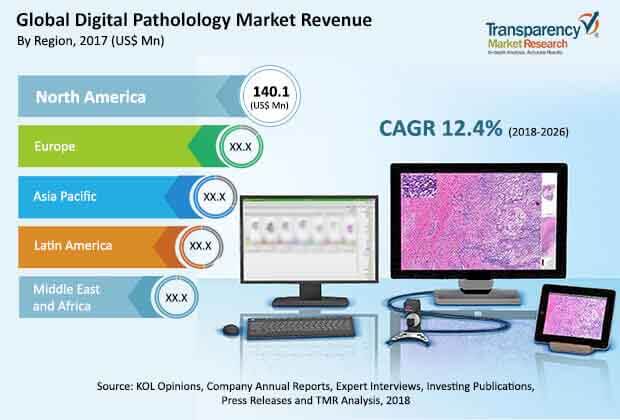

As a result, WSI devices have become important tools that can support routine diagnostic work and scientific discovery in pathology and have enabled the development of next-generation tools including artificial intelligence (AI). Equally dramatic improvements in storage and computational technology have made possible the processing of large WSI datasets. Today, whole-slide scanners are capable of automatically producing very high-resolution images that replicate glass slides (so-called virtual microscopy). These devices have advanced significantly over the past 20 years. The first digital microscope systems cost about $300,000 to set up and took over 24 h to scan a single slide. The capacity to rapidly generate large quantities of microscopy information has become feasible as a result of ongoing technical advances in optical imaging technologies. The ability to digitize an entire pathology glass slide has been transformational and engendered numerous clinical, educational, and research applications. Since the commercial introduction of whole-slide imaging (WSI), digital pathology has developed into a thriving field. The need for large-scale data management, analysis, and visualization in computational pathology is also addressed. Differences between traditional image algorithms that extract pixel-, object-, and semantic-level features versus deep learning methods are highlighted. The different types of VNAs available are reviewed as well as how best to implement them and how pathology can benefit from participating in this effort.
#Digital pathology archive
As pathology laboratories commit to going fully digitalize, the need has emerged to include WSIs into an enterprise-level vendor-neutral archive (VNA). The article also discusses important milestones beginning from the first WSI scanner designed by Bacus to the Food and Drug Administration approval of the first digital pathology system for primary diagnosis in surgical pathology. An account of how the virtual microscope evolved from the need to visualize and manage satellite data for earth science applications is provided.

This article provides an overview of important past and present efforts related to WSI. Parallel advances in computational technology and storage have permitted rapid processing of large-scale WSI datasets. During this time, the creation of various WSI devices with the ability to digitize an entire glass slide has transformed the field of pathology. Almost 20 years have passed since the commercial introduction of whole-slide imaging (WSI) scanners.


 0 kommentar(er)
0 kommentar(er)
